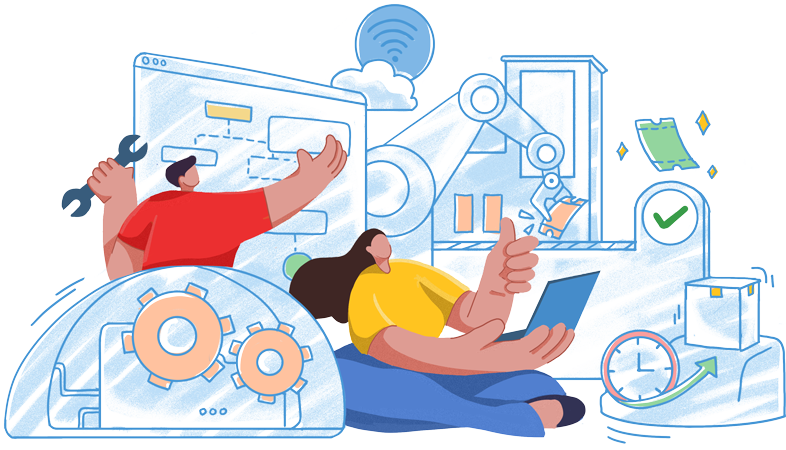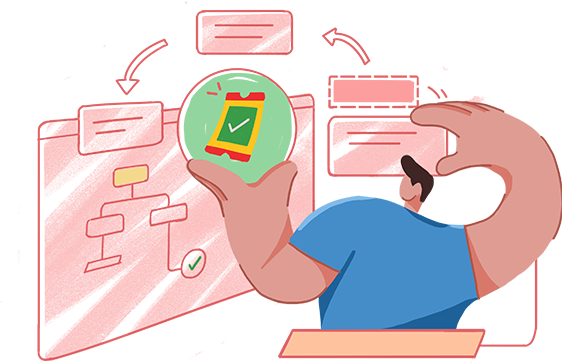Last updated on: July 25, 2024
Today, IT service management (ITSM) tools come equipped with automation integrated with built-in intelligence. Artificial intelligence (AI) and machine learning (ML) serve to automate and enhance services for end users, offering context-based recommendations, anomaly detection, root-cause analysis, and much more.
Additionally, ITSM is further advanced by the integration of AI with the Internet of things (IoT), robotic process automation (RPA), and chatbots. Given its sheer scope and complexity, embarking on the automation journey can indeed be daunting. Herein, we offer a few fundamental automation ideas to enhance your IT service desk. From streamlining processes to improving end-user satisfaction, these automation ideas serve as a foundation for any organization seeking to initiate its automation journey.
Automating ticket routing and assignment enhances the responsiveness of the IT service desk. This also streamlines the ticket-handling process for technicians, ensuring accurate assignment of issues to the right personnel, particularly in high-ticket-volume environments. Failing to automate ticket routing can lead to delayed issue resolution and resource depletion on routine tasks. Hence, automating ticket triaging is important for maintaining timely, consistent, and resource-optimized support processes. Most IT service desk platforms offer criteria-based routing, directing tickets automatically to specific subgroups or technicians.
ManageEngine ServiceDesk Plus simplifies ticket routing with its Business Rules feature, allowing for criteria-based ticket routing. Also, its Technician Auto Assign feature (Figure 1) includes patterns like round-robin and load balancing to distribute routine low-level tickets, ensuring a balanced workload among team members. Virtual agents further contribute by understanding ticket context and assigning based on technicians' resolution history. Additionally, it offers the capability to exclude certain technicians and requests from being auto-assigned.
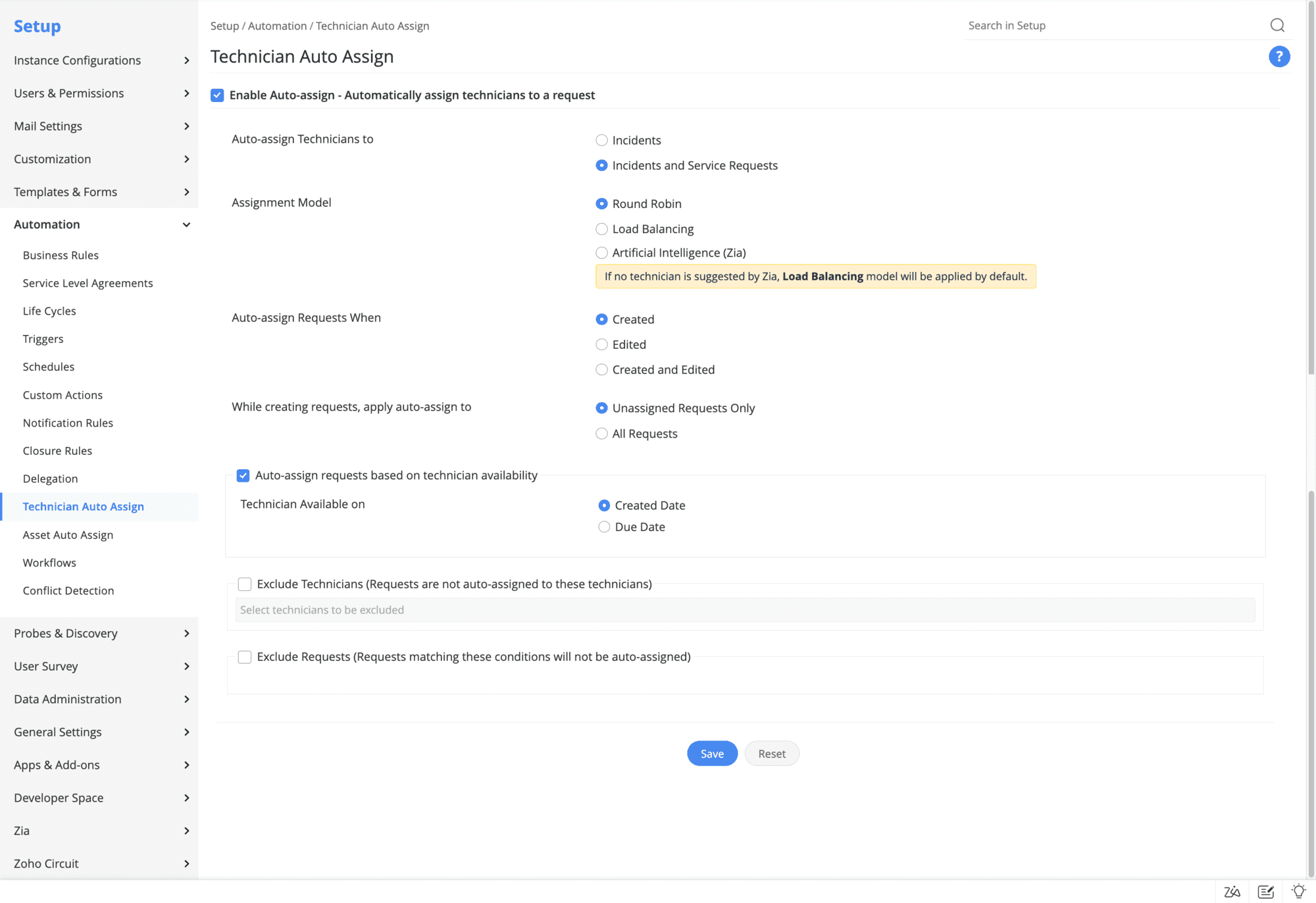
SLA and escalation automation helps IT service desk teams identify tickets that are about to exceed SLA thresholds, reducing the risk of manual oversights and delays in ticket handling. SLAs can be applied to all incoming tickets based on conditions like priority, urgency, request type, and more.
SLA management in ServiceDesk Plus (Figure 2) enables IT service desk managers to automatically apply corrective measures for SLA breaches, either proactively or reactively. It renders single-level escalation for response and up to four levels of escalation for the resolution SLA breaches, facilitating the reassignment of tickets as necessary to ensure timely resolutions.
ServiceDesk Plus also enables automated alerts and notifications, empowering the IT service desk team to handle potential breaches promptly and efficiently manage user expectations. This approach enhances responsiveness and reinforces adherence to agreed-upon service standards.
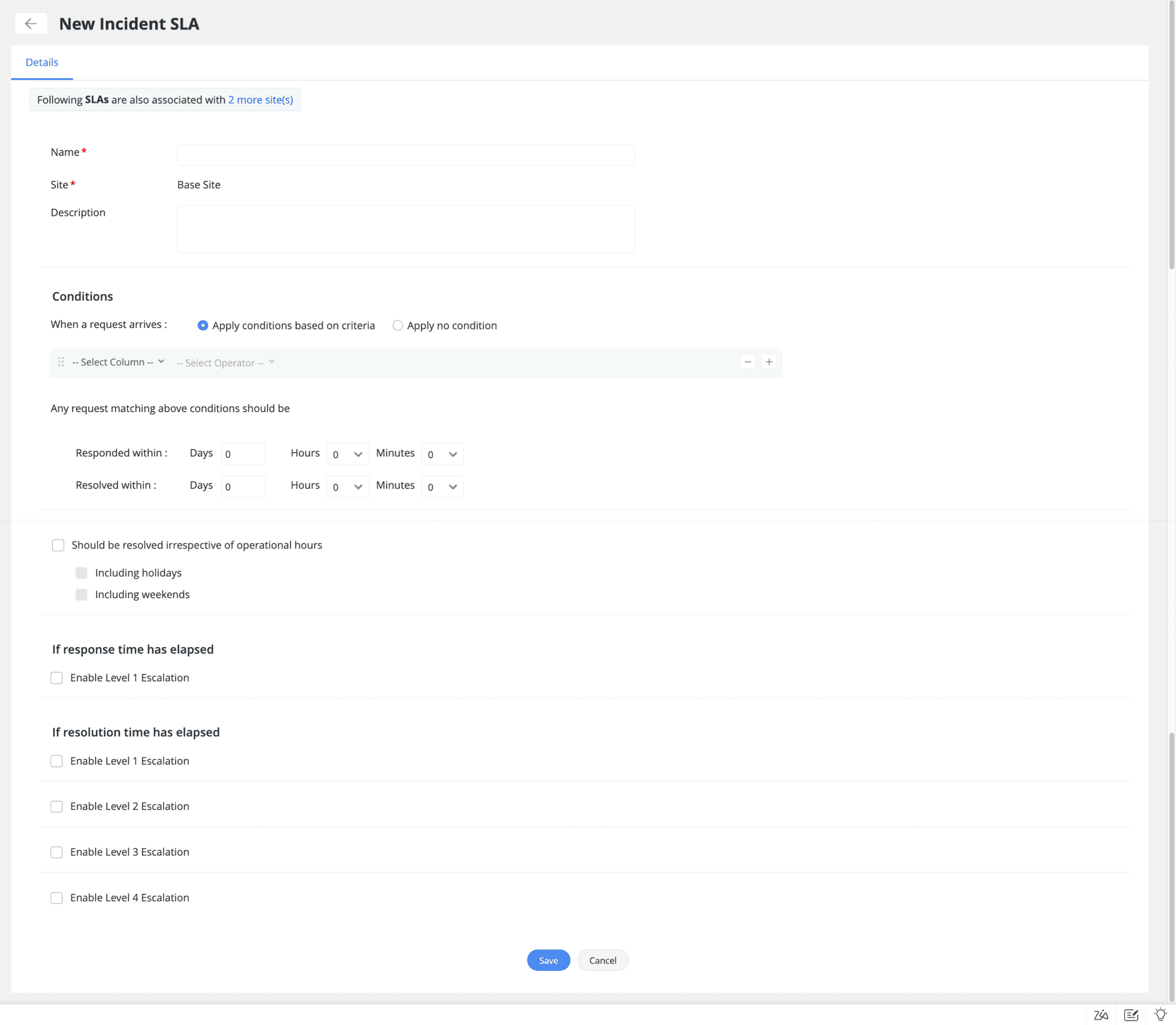
The ticket lifecycle streamlines the ticket resolution process with built-in guidance for technicians, ensuring a standardized process across the organization. Without an automated lifecycle, there is a higher potential for oversights, delays, and inconsistencies in issue resolution processes, impacting overall operational efficiency. Conversely, embracing the automated lifecycle can guarantee a consistent and error-free progression of issues.
The drag-and-drop canvas (Figure 3) in ServiceDesk Plus enables you to design the ticket lifecycle and guide technicians through every step. It empowers technicians to control each ticket's journey between statuses by defining conditional actions at various stages, such as before, during, and after a transition. These actions include requesting necessary information, delivering contextual notifications, aborting ticket processing, and invoking custom scripts as needed, resulting in seamless transitions between ticket statuses.
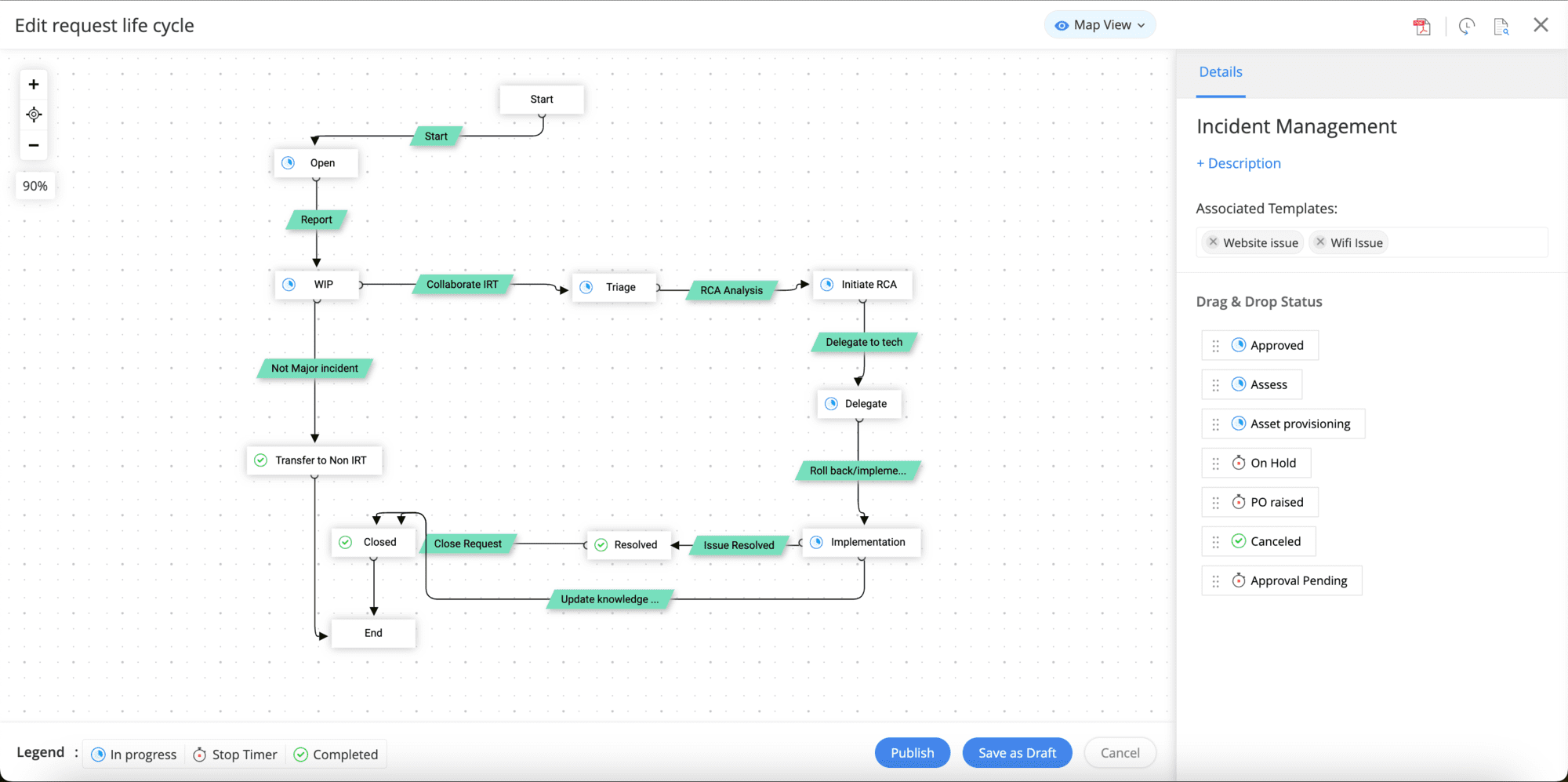
The delegation of tickets and approvals contributes to the smooth operation of the IT service desk, even in the absence of a technician, approver, or requester. Manual delegation can be time-consuming, with the risk of critical requests being overlooked. Implementing an automated delegation process facilitates the seamless transfer of ownership for upcoming tickets or approvals in instances where technicians, approval managers, or end users are unavailable.
Within ServiceDesk Plus, you can set up delegation (Figure 4) to either move upcoming requests to an unassigned state or assign them to a backup technician. Similarly, approvals can be designated to an organizational role or an individual. In both scenarios, you can opt to take no action or request global delegation. This approach guarantees that unavailability does not hinder ticket processing, fostering a continuous and efficient IT service desk.
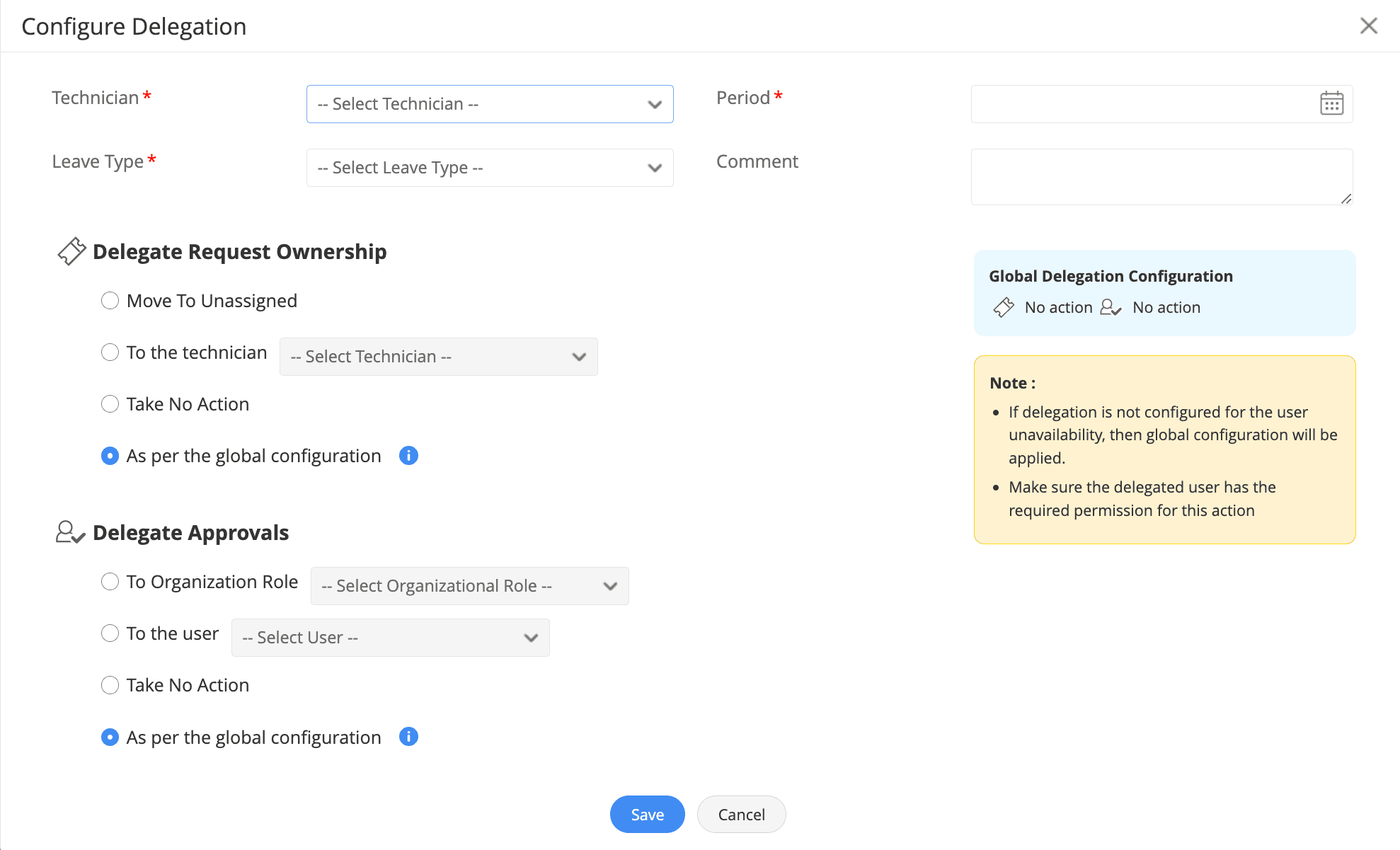
Notifications offer real-time alerts to the stakeholders regarding ticket updates, SLA breaches, or critical system changes. Unlike slower and less reliable manual communication methods, automation ensures instant alerts, preventing delayed responses to critical issues that may compromise service quality.
The Notification Rules feature (Figure 5) in ServiceDesk Plus enables you to customize notification templates according to specific requirements. This extends to deciding when and how you want to receive updates—be it through email, SMS, or push notifications. By adopting this approach, all stakeholders are not only kept well-informed but are also seamlessly aligned with the ongoing progress of the ticket.
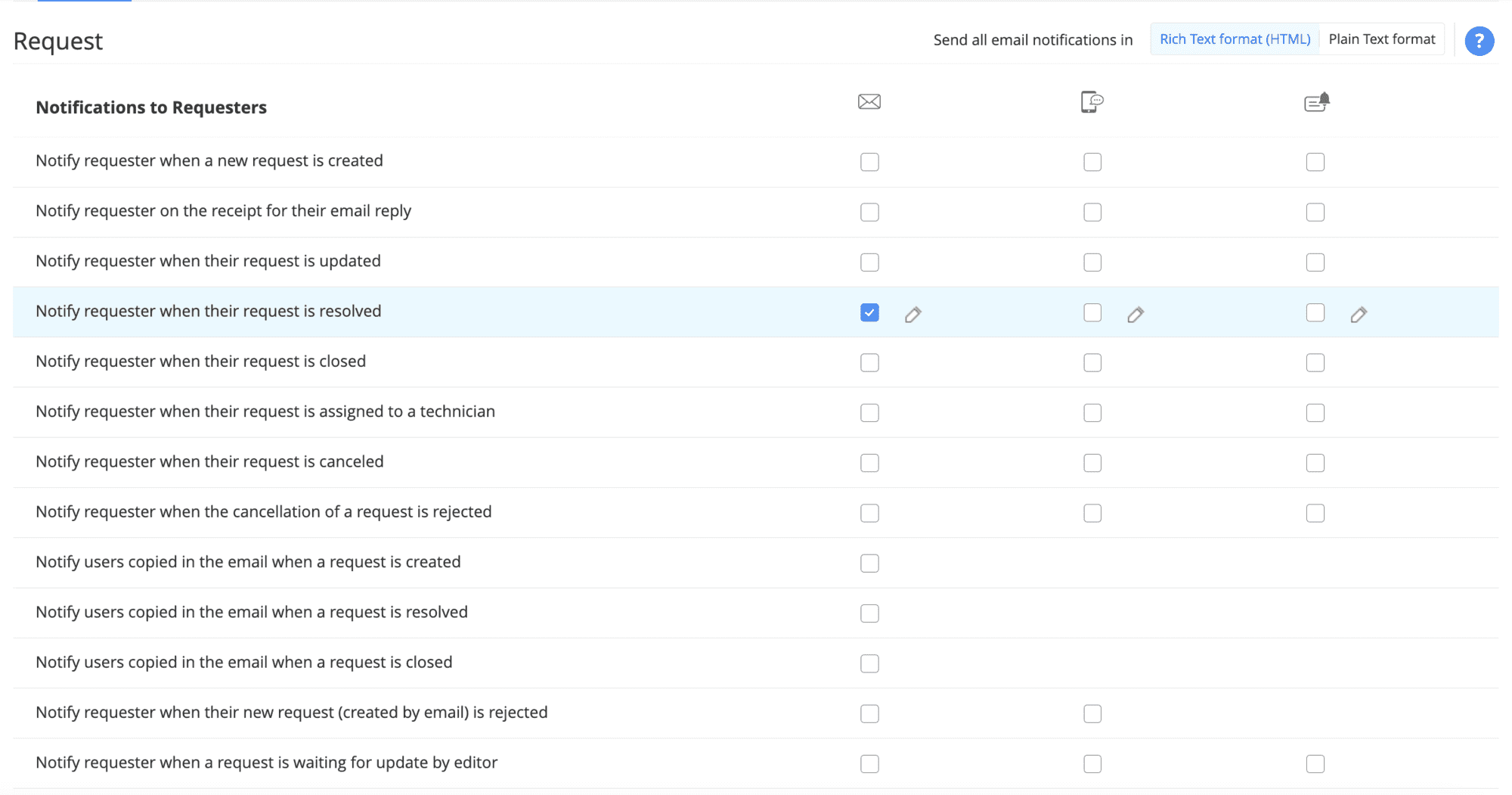
Ticket closure rules are condition-based actions that ensure necessary details are furnished to streamline the process of concluding tickets. Manual closure processes often fall short, resulting in incomplete ticket closure, posing a challenge for IT service desk technicians to monitor progress effectively.
Closure rules (Figure 6) in ServiceDesk Plus establish criteria for concluding tickets, including requirements like closure codes, user acknowledgment, task completion, and more. This ensures uniformity and prevents premature closures. The data gathered through these closure rules serves as an asset for generating reliable metrics within an IT service desk, helping organizations assess performance, maintain quality standards, and make data-driven decisions for continuous improvement.
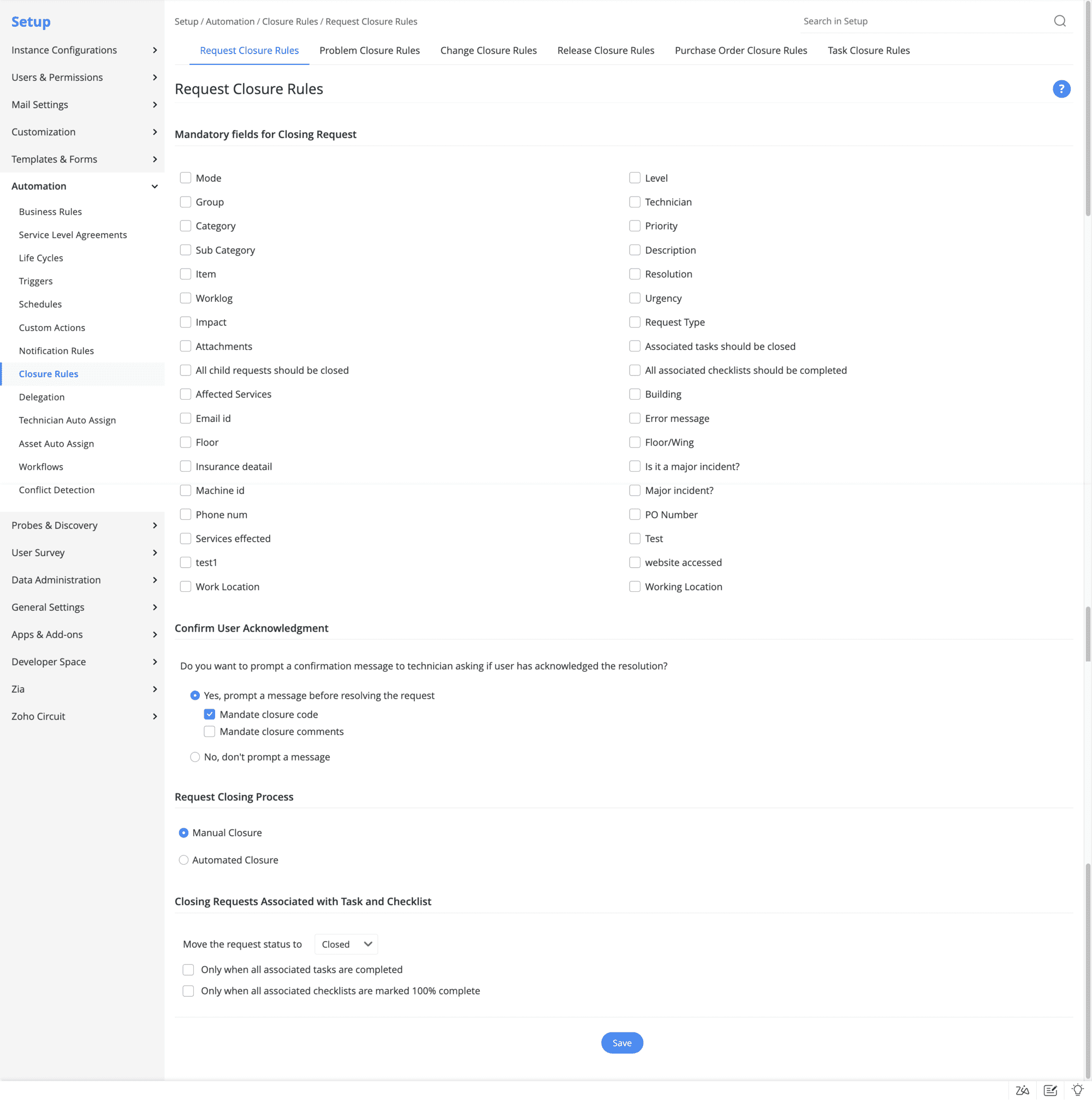
ITSM automation is transforming the way organizations handle IT services, providing efficiency, consistency, cost savings, and improved service quality. As technology continues to advance, the role of automation in ITSM will only become more significant. Each aspect of automation contributes to a cohesive and streamlined ITSM, making it not just a choice but a necessity for modern businesses. Begin your automation journey today with ServiceDesk Plus and witness how automation can revolutionize your IT service management.

